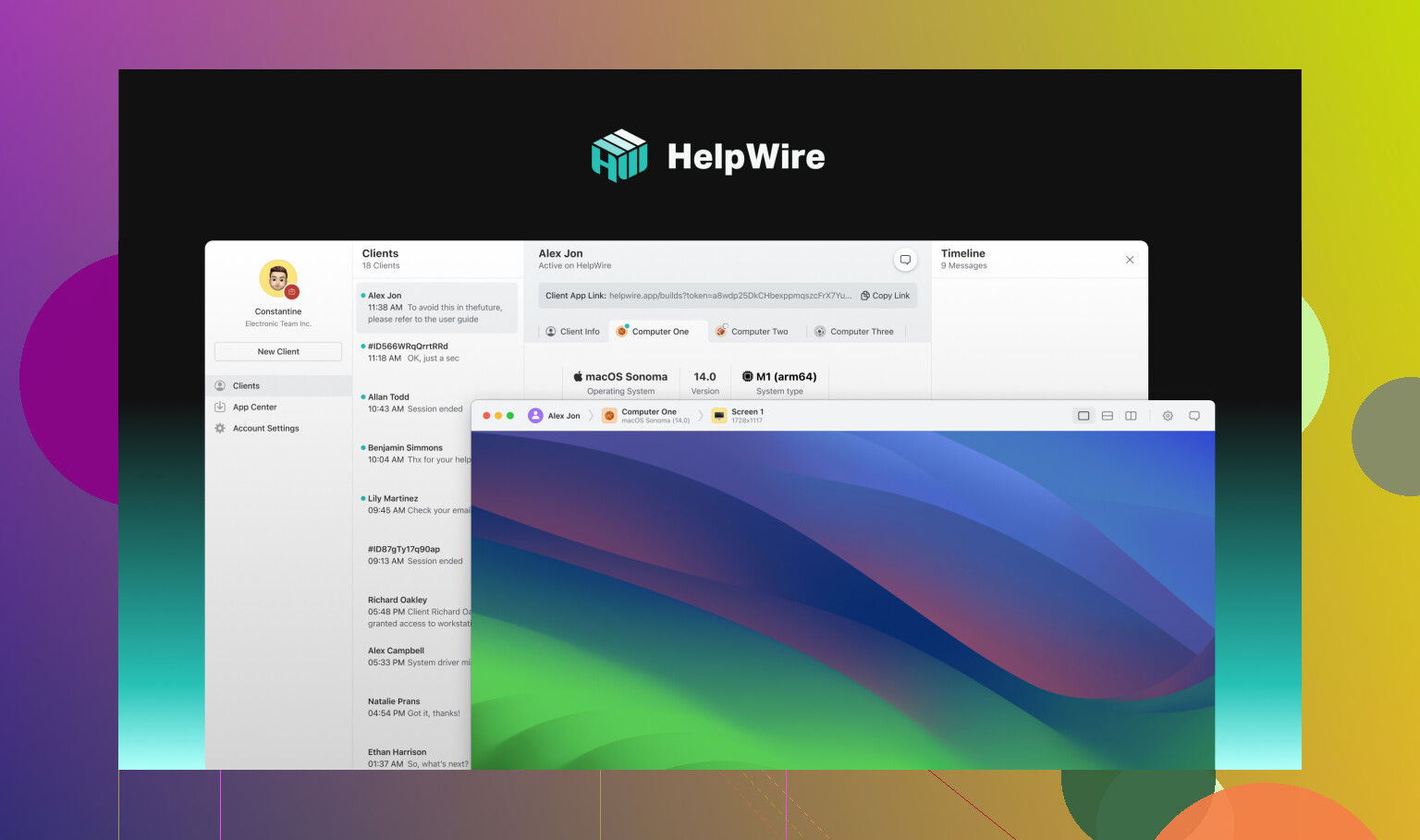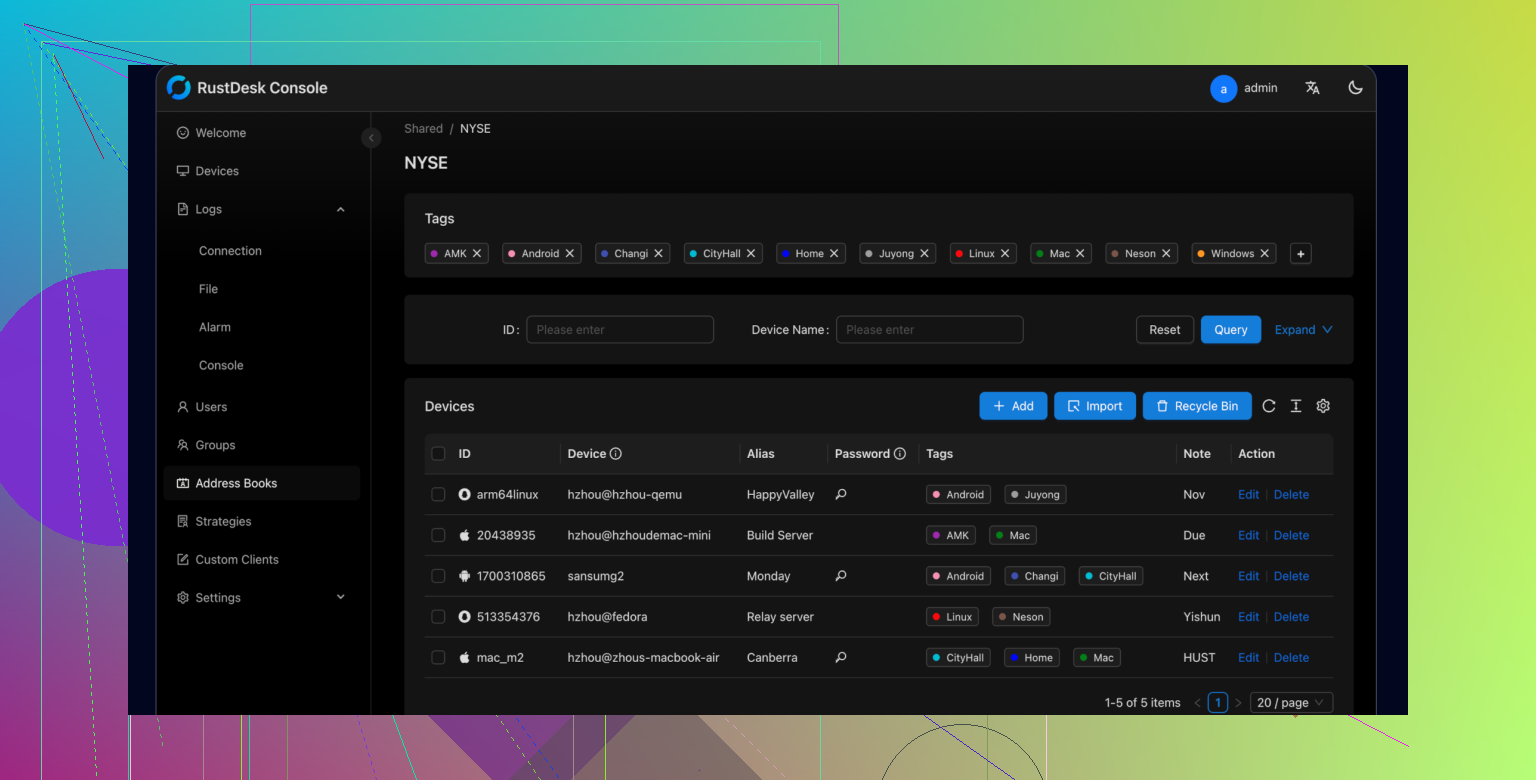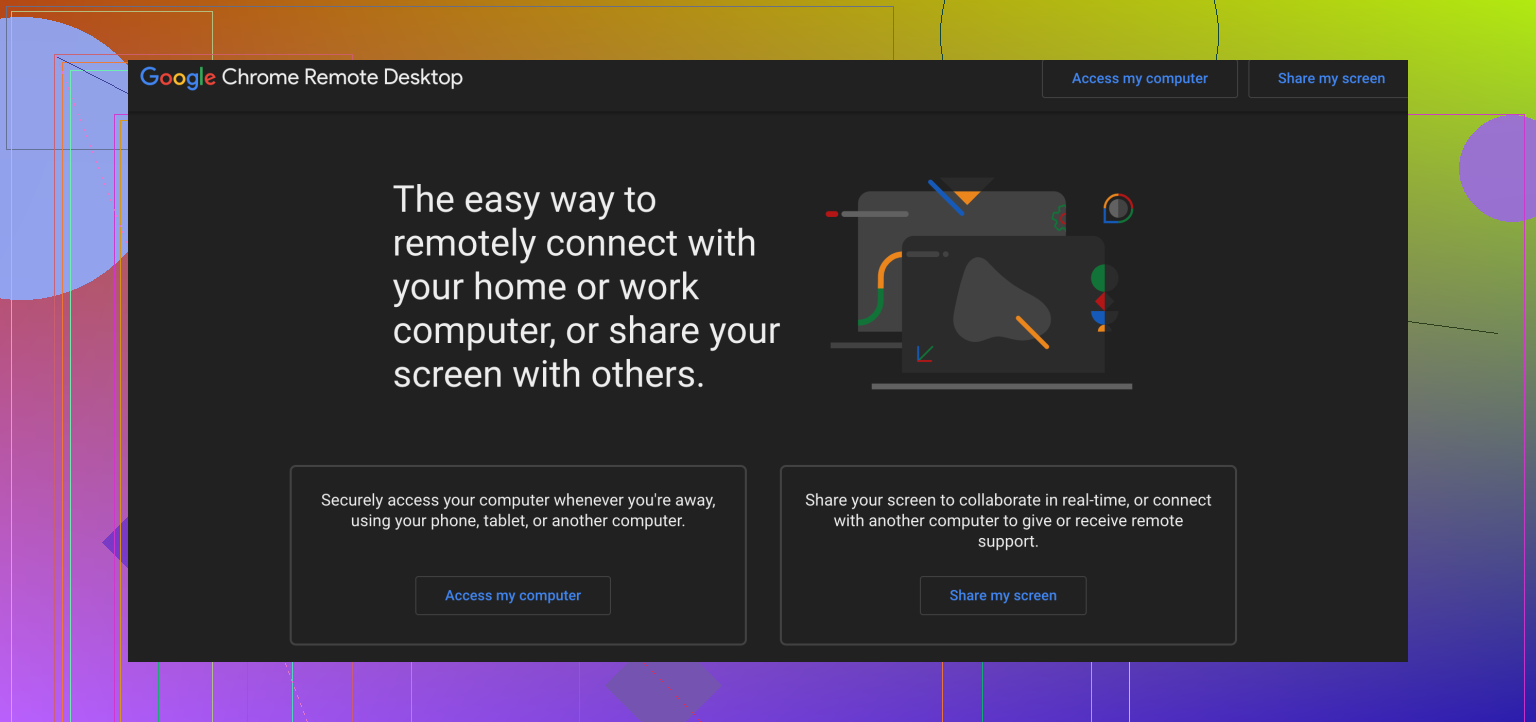Free Remote Desktop Tools: My Deep Dive into Splashtop Alternatives
Alright, folks: buckle up, because remote support doesn’t need to drain your wallet. I’ve spent more hours than I’d like to admit hopping between free Splashtop alternatives—some that felt like magic, others that sounded great on paper but crashed when things got real. Here are three standouts that actually do what they claim. You want the TL;DR? Scroll, but I’d recommend sticking around for the war stories.
HelpWire - The New Kid That Actually Gets It Right
First time I tried HelpWire, I was expecting your typical “eh, it’s free, it barely works” scenario. Nope. Setup was a breeze—a couple clicks, no arcane port-forwarding rituals, and before I knew it, I was staring at my client’s Desktop like I’d teleported. Here’s where it lands for me:
-
Strong Suits
- Free for anyone—business or personal, no weird asterisk-laden footnotes.
- Seriously easy to set up, which saves you from “Did you restart it yet?” purgatory.
- Secure connections: hasn’t dropped or glitched yet on my end.
- Designed for helping clients, not grandma with her Facebook, but it’d work for that too.
-
Rough Edges
- Let’s be real—this is a newer platform. It won’t rebrand with your custom logo or let you tweak everything to oblivion just yet.
- Integrations? Still waiting on those, but hey, they’re pretty open about being the new kid.
If you want the nitty-gritty comparison or need a hand solving Splashtop meltdowns:
RustDesk - The Control Freak’s Dream, Open-Source Edition
Anyone else ever feel slightly paranoid about what data gets relayed when you remote in? RustDesk doesn’t trust anyone with your stuff—not even itself, unless you want it to. If you’re a “must self-host” kind of person, this one’s a winner.
-
What’s Awesome
- 100% open source—mod, fork, or run it off a USB stick if you want.
- You can build your own server and keep all traffic locked down at your place.
- Runs on pretty much anything: Windows, macOS, Linux, and even mobile.
- Performs pretty well even if your Wi-Fi is groaning under everyone’s Netflix streams.
-
What’ll Make You Groan
- Hosting your own stuff demands some real know-how. Misusing Docker? Prepare for headaches.
- UI takes you back to ‘90s shareware—no frills, all function.
- If you go the cloud relay route, stability can yo-yo based on your setup.
Chrome Remote Desktop - Bare-Bones, Never-Lets-You-Down Simplicity
Picture this: you need to remote into your parents’ PC because they, once again, “lost the internet.” You don’t want to explain downloads, you just want in ONCE and OUT. That’s Chrome Remote Desktop. Open the browser, add the extension, and go.
-
Why It’s a Godsend
- Zero cost, unlimited use for personal or the occasional pro rescue job.
- Installation is the definition of painless; if you can open Chrome, you can run it.
- Works everywhere—Windows, Mac, Linux, mobile. No excuses.
- Benefits from Google’s security infrastructure—you’re not the biggest target.
-
Where It Trips Up
- You don’t get file transfers. Copy-paste works, or use a Drive. Annoying, but not fatal.
- Lacks “grown up” features: no session recording, no multi-monitor navigation, no remote printing, zip.
- Yeah, you’ll need a Google account. Trying to help someone who refuses to have one? Enjoy that argument.
So, Which One Wins? Depends Who’s Asking
Let’s not pretend there’s a single best fit for everyone:
- HelpWire: You want that pro look and reliability with nothing to pay and minimal setup drama? This is your tool.
- RustDesk: Total control freak? Tinker all you want—run your own server, audit the source, go wild.
- Chrome Remote Desktop: You want fast-and-loose access without caring about support bells and whistles? Done.
Pick your poison. Each comes with ups and downs, but at least you won’t be coughing up your credit card details before you even get started.


